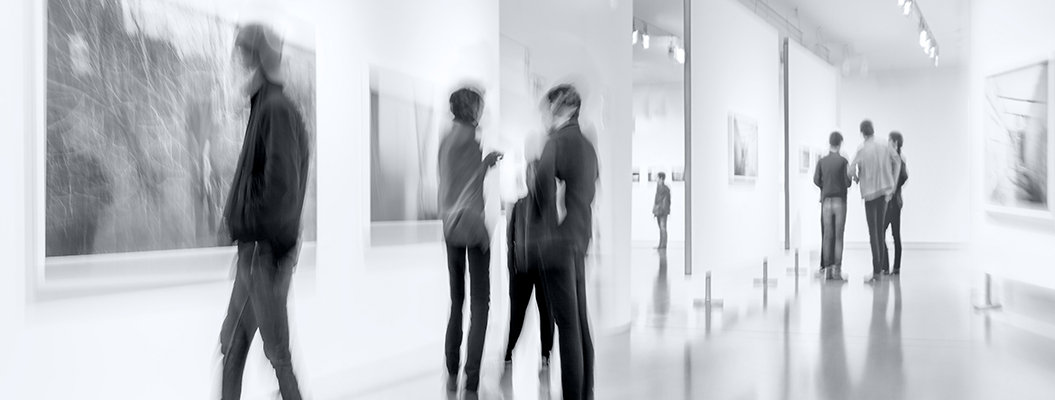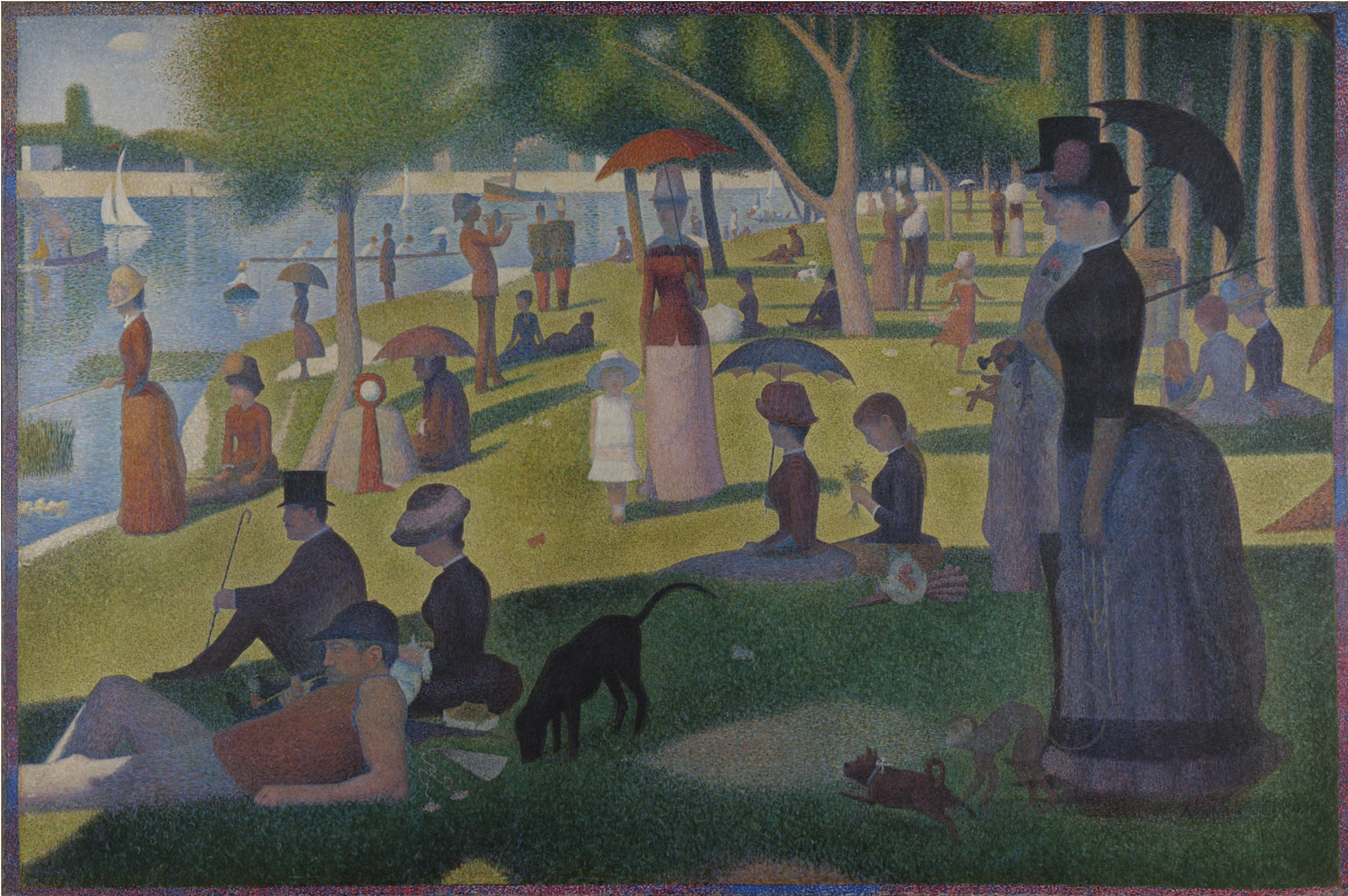Art museums I have visited
-
The final study of French post-impressionist artist Georges Seurat's most famous work, A Sunday Afternoon on the island of La Grande Jatte. It's part of the New York City Metropolitan Museum of Art's permanent collection.
Georges Seurat (1884-1886): A Sunday Afternoon on the Island of La Grande Jatte
Source: https://en.wikipedia.org/wiki/A_Sunday_Afternoon_on_the_Island_of_La_Grande_Jatte
I saw the musical before I saw the painting, in1986, reproduced in a living human tableau that formed a physical representation of the hazy figures in this exquisite painting… It was on a San Francisco stage being performed by actors in musical genius Stephen Sondheim’s Sunday in the Park with George. They’d recreated the magical scene of a lazy Sunday afternoon on the Island of La Grande Jatte in Paris’s River Seine in the late 1800s, captured forever in the artwork of the French pointillist painter, George Seurat. I was entranced. Before I flew home – I spent 1986 working as an exchange journalist on The Dallas Morning News – I stopped off in New York and on a visit to The Metropolitan Museum of Art happened, by chance, upon this unassuming canvas on a wall, the final study for Seurat’s painting (the actual painting hangs in a museum in Chicago)… it took my breath away. My favourite city. My favourite museum. One of my five favourite paintings.
-
Pablo Picasso’s Harlequin (1915), painted during his cubist period. Housed at the Museum of Modern Art, (MOMA) New York
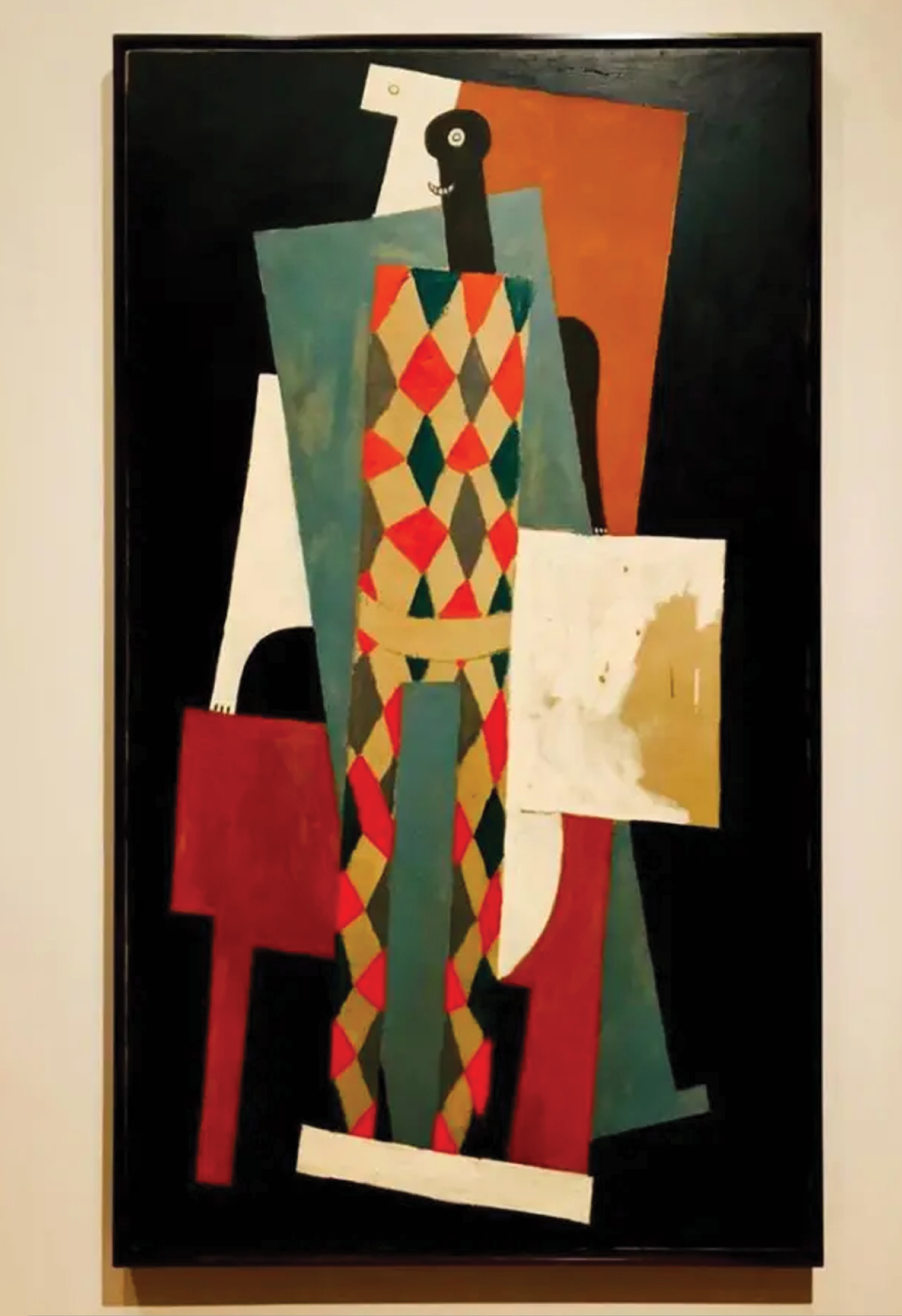
I arrived at Rhodes University in 1977, a wide eyed, credulous country bumpkin, with an Indian education, set on doing a degree in Speech and Drama. I knew nothing, was awkward, anxious and afraid. And then I met them in drama lecture hall: the characters from the commdeia dell’arte: Pierro, Pantalone, Il Dottore, Brighella, Colombine. And Harlequin, Arlequin in French. I fell in love with these colourful creatures who, as a troupe of comedic actors, originated in Renaissance Italy, but achieved popularity across Europe. They engaged in a special type of improvised comedy, with stock characters: comic servants, young lovers, self important soldiers, each recognised by stylised costumes. Their gestures were exaggerated, their faces hidden behind masks so that they were literally everyman. I found their anonymity comforting and adopted Harlequin as my secret saviour, my “mask” when I encountered difficult situations.
Years later, in 1998, as the Sunday Times’ foreign correspondent in New York City – older but equally a lost and at sea – I stumbled upon Picasso’s Harlequin at the Museum of Modern Art. In the light, airy halls of this magnificent building I found a bit of comfort in this checkered old friend, the Harlequin. I visited him often; still do when I’m in the Big Apple.
-
At The Whitney Museum of American Art in New York City, I’m dwarfed by American artist Andy Warhol’s 1973 painting of China’s Chairman Mao Zedong. He painted this after US President Richard Nixon’s trip to China, a visit that ended years of diplomatic isolation between the two nations. Warhol captured this historic event, creating 199 silkscreen paintings of Mao, in five scales, this being the biggest of them all.
“As breathing is my way of life, to stop I dare not dare”. It was a mantra my mother made the little asthmatic me repeat often. She’d sit next to my bed as I struggled to take in air, and read to me and make up stories. When I was eight and had to spend hours sucking damp air through a nebulizer to help my lungs to work, my lovely mum bought me a notebook and encouraged me to record my thoughts and fears. It’s why I’m a journalist; it’s why I write. It’s why Andy Warhol became an artist. When he was eight, he contracted a nervous system disease that left him bedridden for months. His mother gave him drawing lessons and soon it was his favourite pastime.
Andy Warhol became one of the leading figures of the 1960s Pop Art movement. His impudent portrayal of Chairman Mao, with rouged cheeks and reddened lips, his eyelids shaded in blue, was bold as brass. While I love all 199 versions of this cock-a-snook series, this super-sized one is a firm favourite.

-
Turquoise Ballet Dancers: Seen at The Musee D’Orsay in Paris. Edgar Degas, the French artist, was famous for his pastel drawings and oil paintings of ballerinas. More than half of all the works he created depict dancers.
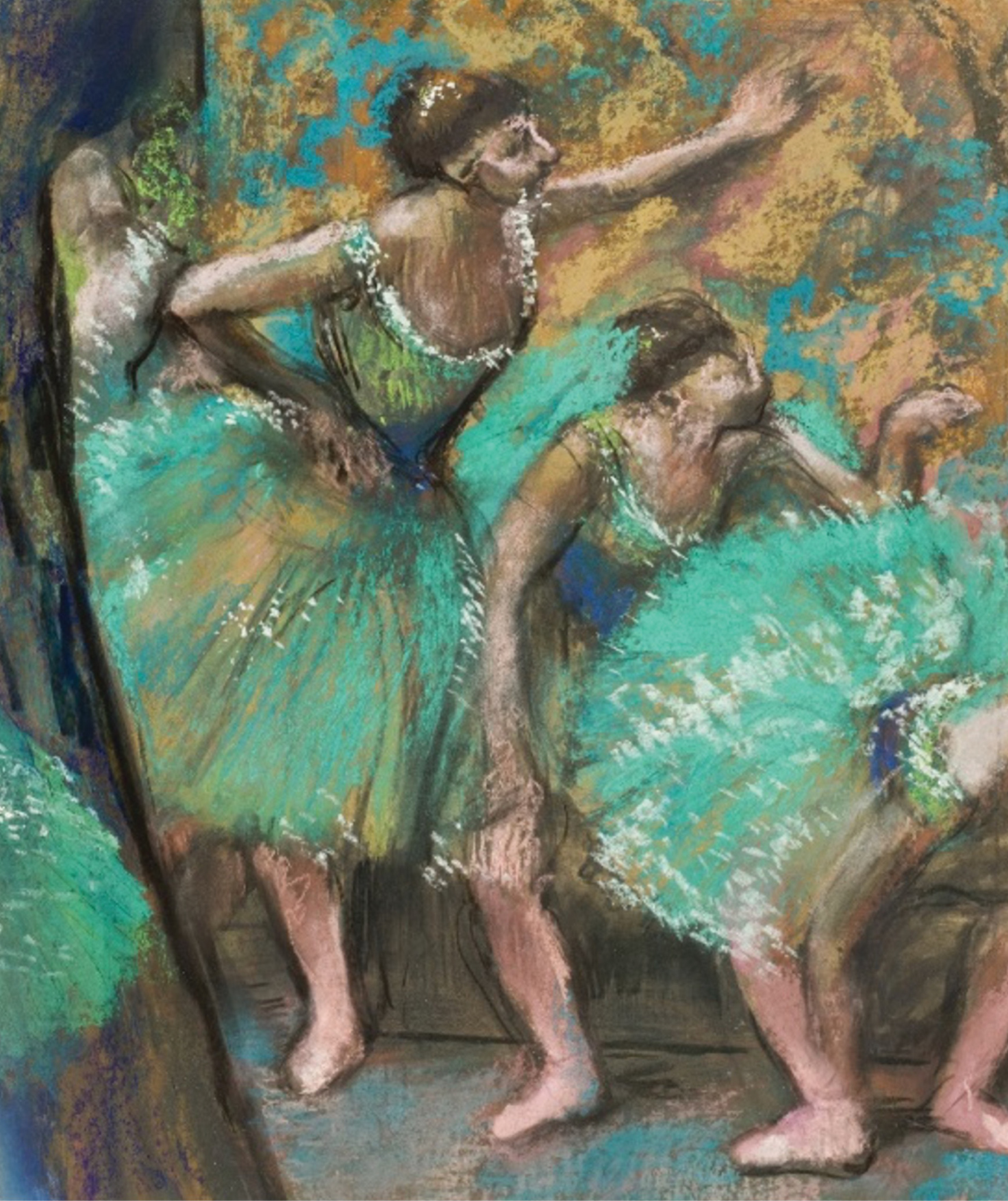
I was a chubby, asthmatic little girl. Gym – all sport – left me sweaty and breathless. Standing out and being different at school is mortifying. Oh, the red-faced embarrassment of being left out, of having teenage girls giggling behind hands and know you are the cause of their spite. I tried to play volleyball, and failed. I tried for the netball team and was rejected. But my greatest shame came from being told that I was too fat to do ballet. It was the 1960s and that sort of torment of children was allowed. My lovely mother, trying to mitigate my distress, bought me a Degas poster of The Dancers and hung it above my pink Dolly Varden dressing table. I think she chose the turquoise colour to match the furnishings in my room, failing to see what I saw: that the girls were waiting, watching, and not part of the action on stage. I love all Degas dancer depictions, but this one haunts me most. I spend hours in front of it when I’m at this majestic museum on the left bank of The Seine in Paris.
-
The Arnolfini Portrait is a 1434 painting on oak panel by the Early Netherlandish painter Jan van Eyck. It is believed to depict the Italian merchant Giovanni di Nicolao Arnolfini and his wife in their home in the Flemish city of Bruges. This work is housed at the National Gallery of Art in London.
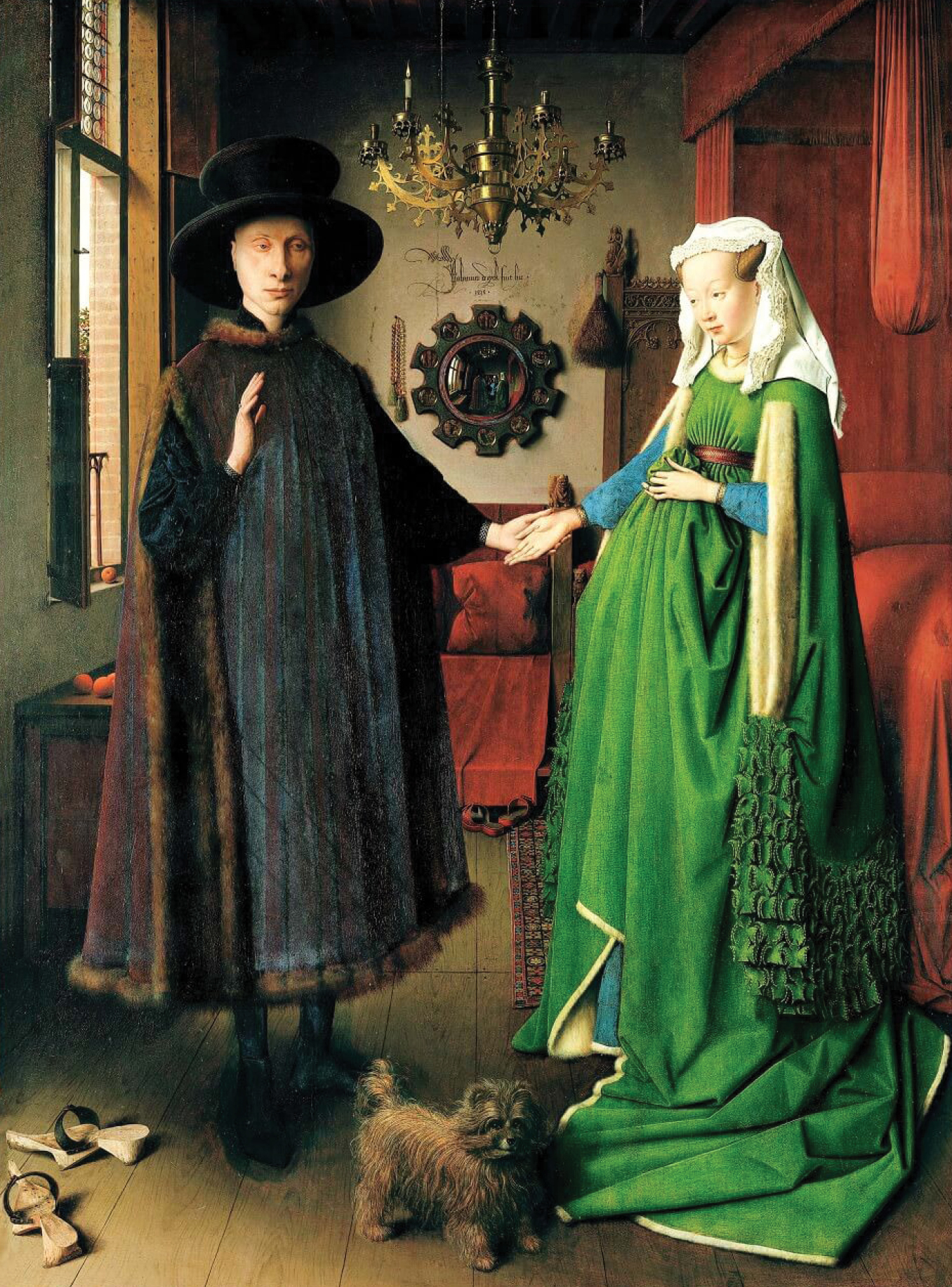
Source: https://www.articonog.com/2020/06/ the-arnolfini-portrait-jan-van-eyck.html
I was introduced to this enigmatic couple in 1991, the year I spent in London as The Sunday Times’ foreign correspondent. Almost immediately on arrival, I begun trawling through London galleries, finding many paintings to love: Sir Stanley Spencer’s biblical artworks; figurative painter known for his raw, unsettling imagery Francis Bacon, iconic David Hockney, Henry Moore... But none intrigued me more than Jan Van Eyck’s 1434 painting of the Arnolfini marriage, a small canvas hung in The National Gallery situated near the South African embassy on Trafalgar Square. I knew nothing about this painting that is often referred to as one of the most mysterious in history. It’s true, I’ve since spent dozens of hours staring at the double portrait (ignore that the man shares a remarkable likeness to Russian President Vladimir Putin) and have new questions everytime. Is she pregnant? The art gurus say no, her dress is just pulled up to look as though she is – a nod to the fertility Gods. Then there is that curved mirror reflecting two figures in the doorway: has the artist added himself into his work. Every brush stroke is delicious; the oranges in the windowsill, the green of that luxurious velvet gown, the shoes carelessly kicked off by the Italian merchant, Giovanni Arnolfini, the quizzical expression on the tiny dog…
The light, the dark, the shadows, the shade. I am utterly enraptured at every viewing. So, yes; if I am to choose my all time favourite gallery, it would be London’s hallowed National Gallery, and my all time favourite painting (of all time!) it would be Van Eyck’s The Arnolfini Portrait.

